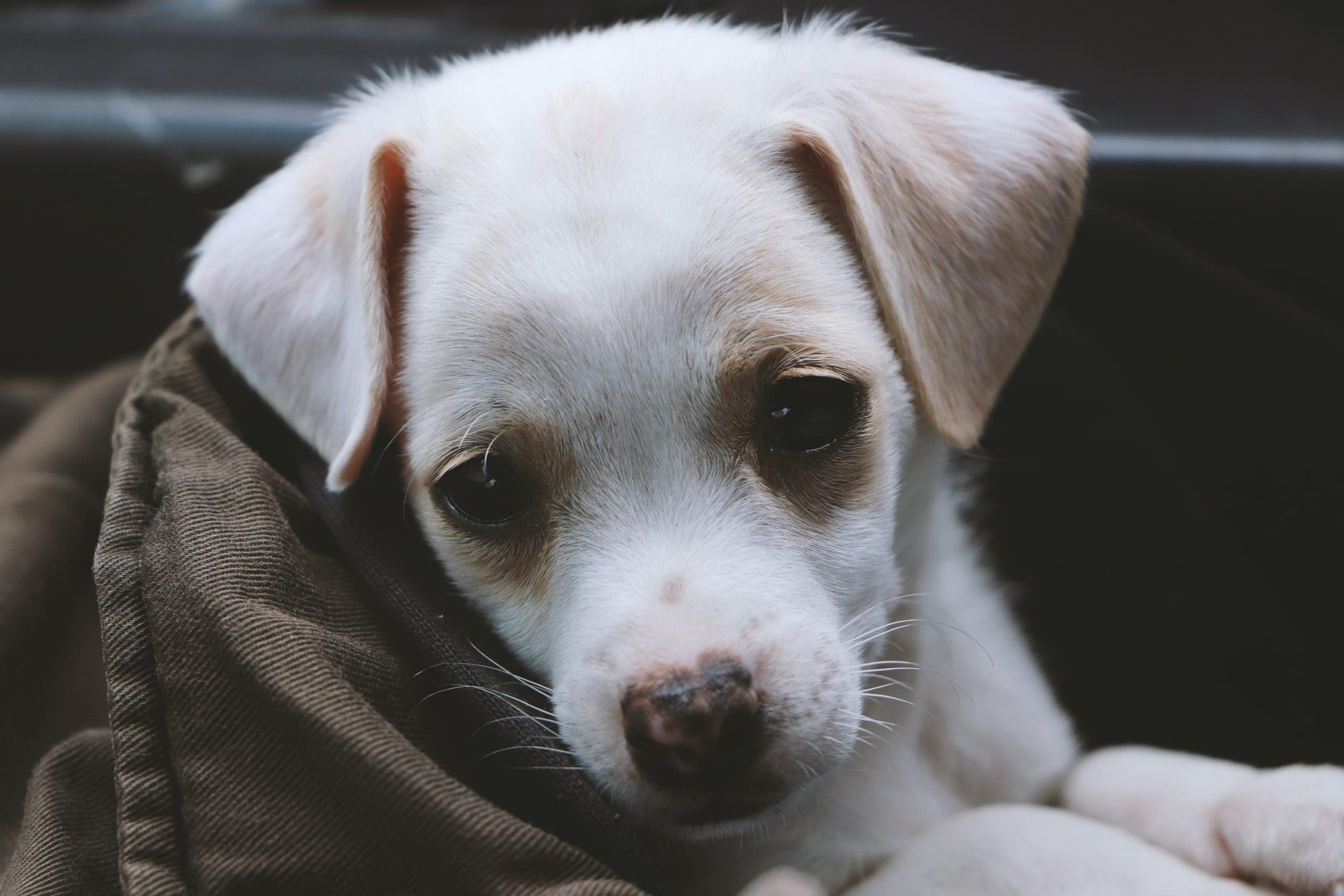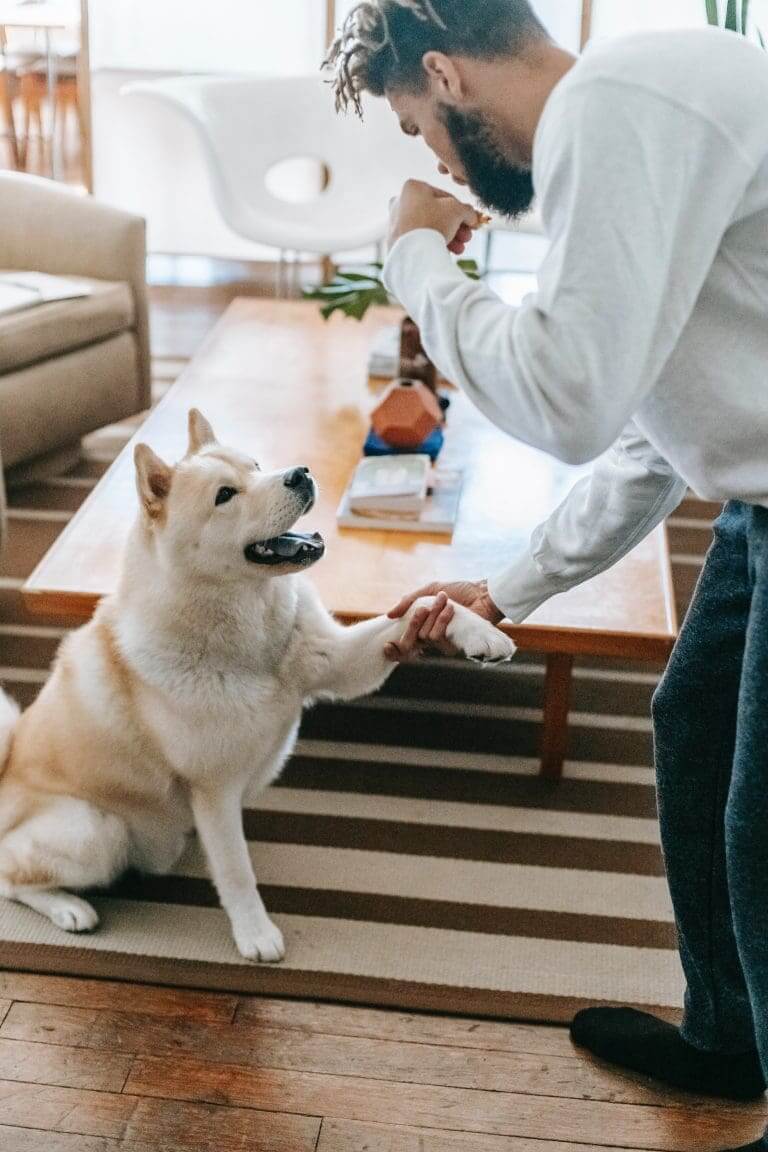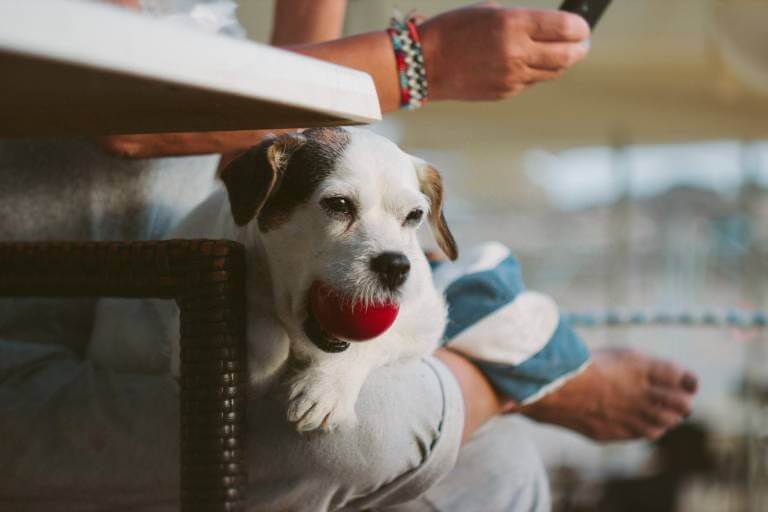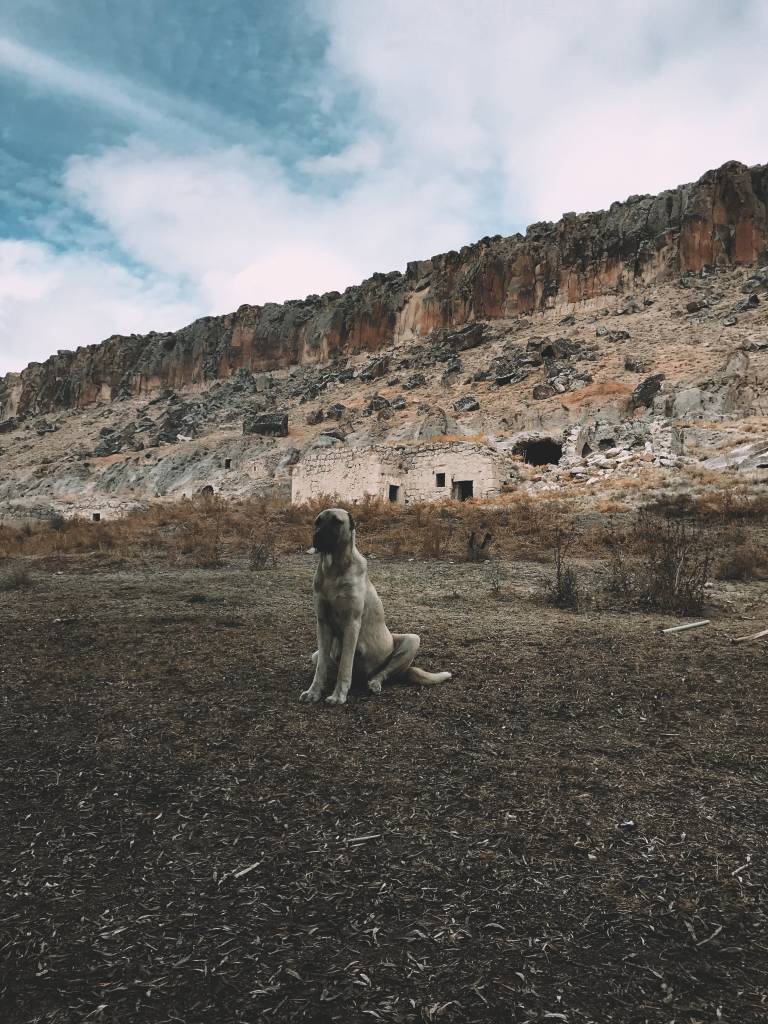What Kind Of Dog Is Goofy?
Post Date:
December 10, 2024
(Date Last Modified: November 13, 2025)
Goofy is a fictional, anthropomorphic cartoon figure known for exaggerated physical comedy and a distinctive high-pitched vocal delivery.
Goofy — character overview
Goofy functions as a comic everyman with a gentle, well-meaning personality who routinely occupies supporting and occasionally starring roles in animated shorts and comics. The character is typically paired with other recurring cartoon figures as a friend or foil rather than as a background animal or a nonverbal pet, and his plots often revolve around simple domestic, recreational, or occupational scenarios.
Goofy’s first credited onscreen appearance occurred in 1932, when an early version of the character was shown in a theatrical short that introduced the lanky, doglike figure to audiences[1]. Early published credits and comic-strip attributions show an alternative name used in the 1930s before the standardized “Goofy” label became dominant[2]. By 1939 the character was being used in a recurring subseries of instructional-comedy shorts that codified many of his signature bits and mannerisms[3].
Through the 1940s and into the 1950s, animators refined Goofy’s design, shifting proportions and clothing choices to emphasize an upright, humanlike silhouette that allowed for broader physical gags and clearer lip-synced speech[4]. Voice casting and performance also shaped the character’s public identity: an early principal performer provided the distinctive vocalizations and laugh intermittently from the 1930s through the 1960s, creating the auditory template later actors would reference[5]. These combined design and performance choices established Goofy as a character who occupies social roles in stories (neighbor, co-worker, coach) rather than the animal-limited roles reserved for non-anthropomorphic companions.
Visual and behavioral traits
Goofy is drawn with an exaggerated, lanky silhouette that reads as tall and loose-limbed rather than compact and quadrupedal; animators commonly emphasize long limbs, a narrow torso, and a somewhat elongated muzzle to convey both canine ancestry and humanlike reach[4]. His typical wardrobe—oversized vest or shirt, trousers, shoes, a hat, and often white gloves—supports bipedal movement and frames gestures that are read as human clothing choices rather than animal hide or fur coverings[1].
Recurring behavioral cues include a distinctive, drawn-out chuckle and occasional high-pitched exclamations tied to a particular vocal performance tradition first established early in the character’s career[5]. Goofy’s movement vocabulary tends toward wide, balletic fall-and-recovery gags and deliberately clumsy problem-solving that rely on an articulated shoulder and hip design suitable for human-like locomotion[4]. Facial features are simplified—large, rounded eyes, a drooping upper lip, and a long snout—allowing readable expressions while keeping the character an unmistakable silhouette in a crowd.
Canonical classification in Disney media
Official credits and comic panels historically use “Goofy” as the primary name, while early credits and promotional copy sometimes list an alternate handle commonly rendered as “Dippy Dawg” in the 1930s[2]. Studio promotional materials and park character labeling typically identify Goofy as an anthropomorphic dog, emphasizing his status as a character who participates in human social roles rather than as a standard animal companion[1].
Across featurettes, television episodes, and published encyclopedic entries, the degree of specificity varies: some guides describe Goofy simply as a “dog,” while others call him an anthropomorphic character modeled on canine anatomy but functionally equivalent to a human in narrative terms[4]. Credit sheets and comic mastheads usually list Goofy under character names rather than under a biological taxonomy, which fosters interpretive space for different media to treat his species explicitly or leave it implied[2].
Historical origin and creation
Goofy evolved from early “dippy” dog figures in Disney shorts; his recognizable form began to coalesce in the early 1930s through the work of studio animators and gag writers who experimented with both visual design and comedic timing[3]. Key creative contributors at the studio adjusted proportions and established signature bits across several short films, while voice performers supplied a sonic profile that directors then built into characterization routines[5].
Names and presentation shifted as the character moved from one series type to another—bit parts to instructional-comedy shorts to leading roles—and those transitions prompted refinements in the drawing model and personality traits recorded in studio model sheets and promotional texts[3]. Over decades, incremental retouching by prominent animators and directors altered Goofy’s facial proportions, gait, and costuming to suit contemporary visual standards while retaining the core comic persona.
Anthropomorphism and design choices
Design choices deliberately blend canine and human cues to allow Goofy to function as a person in stories: he stands and walks upright, wears human clothes, talks in complete sentences, and occupies social positions such as worker, parent, or peer[1]. These decisions make physical comedy more legible because human joint articulation and clothing permit a wider range of pantomime and sight gags than a strictly quadrupedal design would allow[4].
Visually, animators preserve a few canine signifiers—floppy ears, a long muzzle, and an overall fur texture—so that the character remains recognizably dog-derived while the narrative anchors him in human social contexts. From a storytelling perspective, anthropomorphizing Goofy allows writers to use him as a stand-in for ordinary people confronted with absurd situations, thus generating both empathy and comic contrast with more realistically drawn animal characters.
Real-breed comparisons and speculation
Fans and commentators often suggest hound types, setters, or mixed retriever-like breeds as loose analogues for Goofy based on his long ears and muzzle; these suggestions are comparative impressions rather than firm identifications because the design incorporates stylized proportions that do not match any single breed standard[2]. Visual cues—large floppy ears, a long, tapered snout, and a tall, slender stance—invite comparisons to scent hounds and some sporting breeds, but the cartooned anatomy amplifies features to suit gag potential rather than biological fidelity[4].
Because Goofy was conceived as a flexible comedic figure rather than as a study in canine morphology, direct breed-matching is problematic: stylization, evolving model sheets, and narrative needs mean that proportions, coat color, and ear shape change to suit the joke. Breed speculation persists among fans because it offers a concrete way to talk about the character’s look and to create fan art, parody, and informal taxonomy.
| Candidate | Traits Highlighted | Why it’s imperfect |
|---|---|---|
| Hound-type | Long ears, elongated snout | Exaggerated proportions not breed-accurate |
| Setter/retriever mix | Tall, lean build; friendly expression | Cartoonized limb length and posture |
| Generic cartoon mutt | Composite traits used for recognizability | Deliberate non-specificity to aid storytelling |
Distinction from Pluto and other Disney dogs
The studio differentiates Goofy and characters such as Pluto primarily through narrative role and communicative ability: Goofy speaks, occupies human social roles, and functions as a peer to Mickey and Donald, whereas Pluto appears as a nonverbal pet who behaves according to animal instincts and pet-relationship dynamics[1]. Story roles reinforce that distinction—Pluto’s plots typically revolve around pet-owner relationships and animal perspective, while Goofy’s stories treat him as a person engaged in work, family, or community situations[4].
Design contrasts also underline the divide: Pluto is drawn with proportions and movement consistent with a quadruped, whereas Goofy’s models emphasize humanlike hips and shoulders for bipedal locomotion. The contrast serves a practical narrative function by giving the studio two different kinds of “dog” characters that can fulfill separate comedic and emotional roles.
Official statements, continuity, and retcons
Studio FAQs, park character guides, and official encyclopedias generally label Goofy in human-social terms or simply as an anthropomorphic dog, which leaves room for continuity variations across comics and animated series where writers sometimes adjust details to fit episodic needs[1]. Comic-strip continuity has occasionally played with identity and backstory elements—using alternate names, family relationships, and status lines—without producing a single, immutable species taxonomy for the character[2].
At times, creators deliberately embrace ambiguity or perform minor retcons to align Goofy with new premises (for example, presenting him in parental or occupational roles that imply human social structures), and official materials tend to frame such shifts as adaptations of the character rather than definitive biological clarifications[3].
Cultural impact and fan interpretations
Goofy’s ambiguous dog/human status has been fertile ground for fan theory and academic commentary, with scholars in animation studies and cultural anthropology noting how the character’s hybridity enables flexible storytelling and symbolic readings about identity, normalcy, and social foibles[4]. Fans use breed speculation, mash-ups, and parody to explore the tension between animal origin and human social function, and that creative engagement feeds merchandising choices that alternately emphasize “dog” motifs or character-driven branding depending on the product line[1].
Because Goofy operates both as an icon of slapstick and as a malleable brand figure, popular references range from affectionate memes to scholarly essays that treat him as a case study in anthropomorphism and character design; marketing materials and licensing documentation reflect that dual use by sometimes describing him simply as a canine character and other times as a personality available for a broad set of humanized roles[5].






